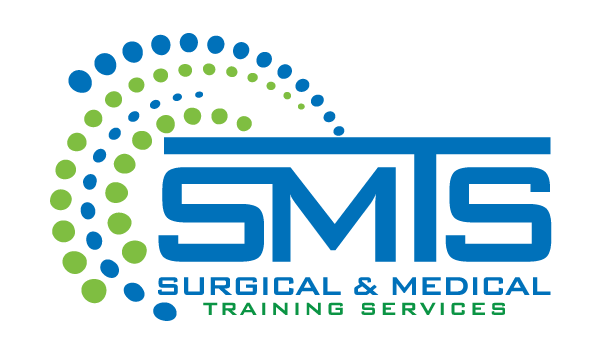Cadaver lab studies have been flexible for many types of procedures.
Another great benefit for a cadaver lab is the study of MIS.
MIS, or Minimally Invasive Spine Procedures, are a type of surgical technique used to treat various spinal conditions with smaller incisions and less disruption to the surrounding muscles and tissues compared to traditional open surgeries.
During an MIS procedure, specialized instruments and imaging technology are used to access and treat the affected area through small incisions in the skin. This approach allows for less damage to surrounding tissues, decreased blood loss, and reduced pain and scarring compared to traditional open surgeries.
Benefits of MIS procedures can include:
- Faster recovery time: Because MIS procedures cause less damage to surrounding tissues, patients may experience a quicker and less painful recovery time.
- Reduced risk of complications: Since MIS procedures are less invasive, there is a lower risk of complications such as infection, bleeding, or damage to surrounding structures.
- Reduced pain and scarring: Because the incisions used in MIS procedures are smaller, patients may experience less pain and scarring compared to traditional open surgeries.
- Shorter hospital stay: Due to the less invasive nature of MIS procedures, patients may be able to go home sooner than with traditional open surgeries.
Overall, MIS procedures are becoming increasingly common for a wide range of spinal conditions and are often a preferred option for patients who want to minimize their recovery time and reduce the risk of complications associated with traditional open surgeries. However, it’s important to determine if MIS procedures are right for certain patients based on specific medical history and condition.
